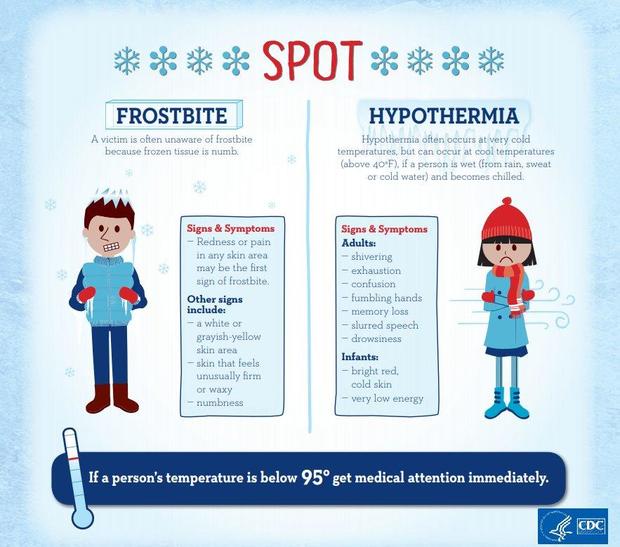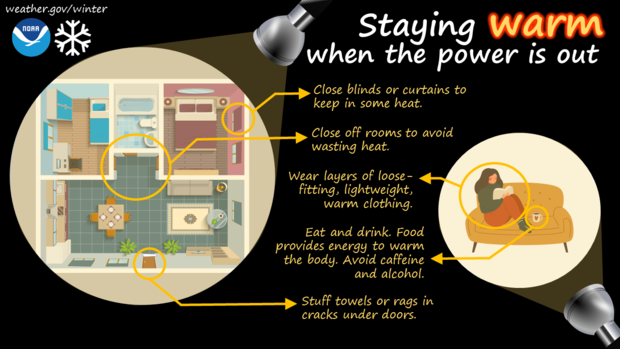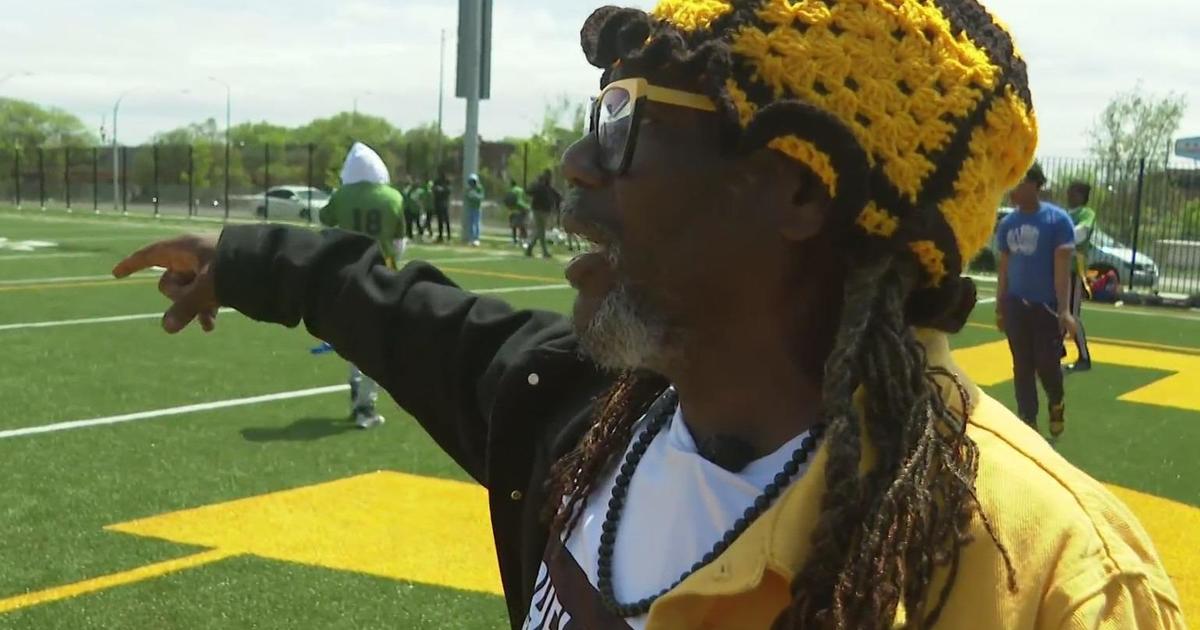How to stay safe when severe winter weather hits the Chicago area
CHICAGO (CBS) – A significant winter weather storm is likely to hit the Chicago area later this week, which could impact travel and other holiday-related plans.
With dangerously cold wind chills, high winds and potentially a lot of snowfall, here are some ways the National Weather Service advises anyone in the storm's path to keep safety in mind as the bad weather hits.
Forecast terminology
First, what exactly are the definitions of all the advisories and warnings you may see scrolling across your television?
A "winter weather advisory" is issued when potentially dangerous winter weather is expected within 12 to 36 hours or is occurring. Travel difficulties are expected.
A "winter storm watch" is issued when significant winter impacts may occur. Confidence is medium that a winter storm could produce heavy snow, sleet, or freezing rain.
A "winter storm warning" is issued when dangerous winter weather is expected within the next 12 to 36 hours or is occurring. Considerable travel problems are expected. Take action.
A "blizzard warning" is issues when severe winter weather is expected within the next 12 to 36 hours or is occurring, including whiteout conditions. Do not travel.
Similar alerts could be issued regarding extremely cold conditions.
A "wind chill advisory" is issued when cold weather is expected. Exercise caution. Cold and breezy conditions could cause frostbite or hypothermia if precautions are not taken. Dress in layers and cover up exposed skin.
A "wind chill watch" is issued when dangerous cold is possible.
A "wind chill warning" is issued when dangerous cold is expected. Very cold air and strong winds mean frostbite or hypothermia could occur in a matter of minutes. Limit time outside. Dress in layers and cover up exposed skin.
Winter forecasts can change frequently. Forecasts may change as new model data becomes available.
The NWS says while such information is issued to the public, snow or ice totals can vary greatly over short distances.
Safety tips
General safety tips for those who may need to brave the cold during extreme winter weather include dressing in layers, covering exposed skin and limiting their time outdoors.
Also recognize the signs of conditions related to exposure to extreme cold like frostbite or hypothermia.
Signs and symptoms of frostbite include redness or pain in any skin area may be the first sign. Other signs include a white or grayish-yellow skin area, skin that feels unusually firm or waxy and numbness. A victim is often unaware of frostbite because frozen tissue is numb.
Hypothermia often occurs at very cold temperatures. Signs and symptoms in adults include shivering, exhaustion, confusion, fumbling hands, memory loss, slurred speech, and drowsiness. In infants, look for bright, red and cold skin and very low energy.
If a person's body temperature is below 95 degrees, get medical attention immediately.
Don't forget about pets. During extremely cold weather, bring them indoors and make sure they have a warm dry place with plenty of food and water.
Home and vehicle prep
Be sure to have at least three days' worth of water and food, all necessary medications, a first aid kit, salt, a shovel, a cell phone charger and other assistive technology devices.
The high winds expected later this week could result in power outages. In the event your power goes out, close blinds or curtains to keep in some heat. Close off rooms to avoid wasting heat. Wear layers of loose-fitting, lightweight warm clothing. Eat and drink. Food provides energy to warm the body. Avoid caffeine and alcohol. Stuff towels or rags in cracks under doors.
Check your smoke and carbon monoxide (CO) detectors. The danger of carbon monoxide poisoning is greater during winter storms when doors and windows stay closed, and fireplaces and gas heaters are in use.
You can winterize your car by getting a tune-up and checking your fluids, tires and performing any other routine maintenance early. Look for leaks, worn hoses, and other needed parts, repairs or replacements.
Try to keep at least a half a tank of gas in your car to prevent fuel lines from freezing.
For more information on weather preparedness and the latest forecast information, visit weather.gov.







